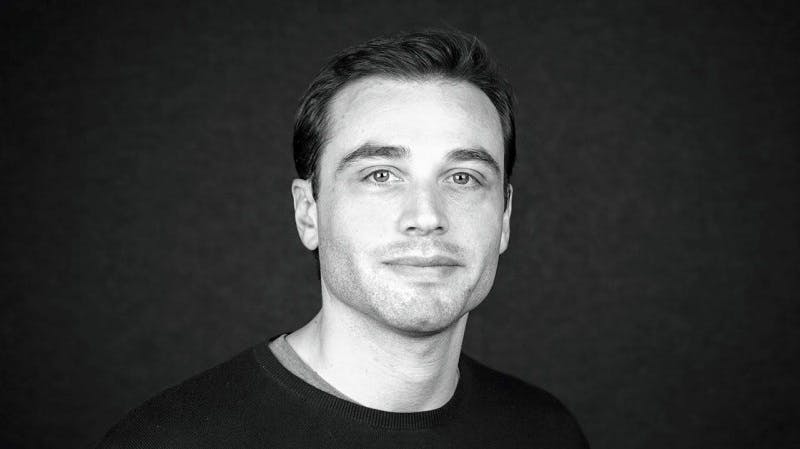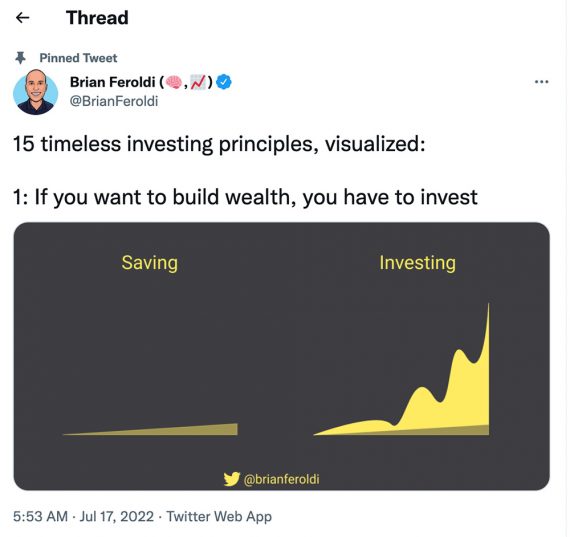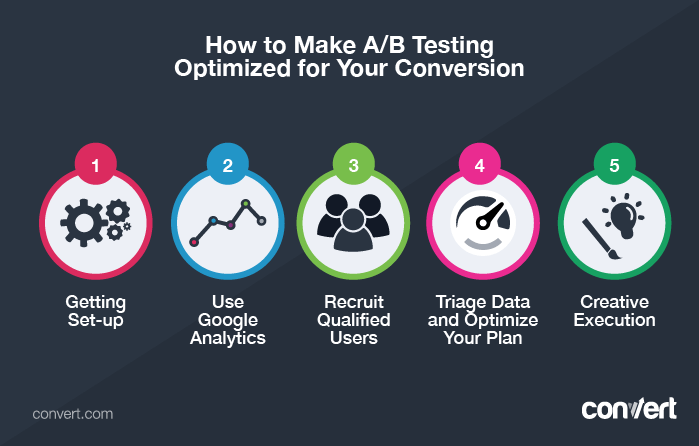Please describe your job: What do you do?
I spend half of my day asking questions to my team and clients. What do they want to achieve and why; and the second half working hard to support them to get there. I use numbers and technology as the main levers, and this is reflected in my activities. Infrastructure and reporting take up a good chunk of my time.
At Stocard, we take loyalty card usage data to bridge the communication gap between retailers and their most loyal shoppers, delivering value at every step of the customer journey, from discovery through purchase.
Talk us through a typical day…
If I don’t know enough about a topic, I’m happy to carve out a couple of hours to satisfy my curiosity and be a better consultant and manager. I find happiness in supporting my team and building a great relationship with them.
My time is prioritised down to the minute, and I try to learn something, help somebody, and make progress on at least one important goal every day. I don’t believe in pulling all-nighters to deliver last-minute results, but in constant improvements compounded over time: that’s how you build something that’ll last.
20% of our customers froze marketing spending altogether—their stores were closed, and they were not ready for such a rapid shift to online. 50% continued at the same level, or with just a minor decrease, while 30% boosted their spend and took advantage of the situation to come out on top. With marketing budgets dwindling, this latter group saw an opportunity to cut through the noise and reach out to their (and their competitors’) loyal shoppers. They gained a dominant share of voice on our platform, where more than 50 million users were hungry for content and wanted to stay informed. They have realised great success during the pandemic, and they are now poised for a great start of 2021.
How do you maintain an effective work/life balance?
This is where Stocard sits, at the centre of this shift, where personalisation at scale becomes more than a catchphrase and an actual tactic to improve performance and drive sales.
I keep mind, body and soul in check through a careful balance of work and life. I always take 30 minutes to walk my kid to school every morning, but I’m also fine taking a call at 6am with the MD in Australia.
I like to start early in the morning with a quick run in Hyde Park, followed by taking my kid to school, and then planning my day over a double espresso (as cliché as it may sound, given my Italian origins). It gives me energy and focus, and I love routine.
How has strategy changed at your company?
All of our clients doubled down on digital—not just online stores, but also the digitalisation of catalogues and flyers. The concurrent deprecation of cookies and mobile IDs on the tech giants’ part made them more eager to use our first-party data to close the loop on attribution. We saw a major interest in performance marketing versus branding.
We’ve also increased the power of our online traffic and conversion solutions to meet the increasing demand for home delivery and click-and-collect among shoppers.
We have stayed laser-focused on what we do best, using data to join the dots between customer behaviour and retailers’ loyalty efforts. Having first-party data about the visits, loyalty cards usage and purchases have helped our customers immensely. When Covid-19 hit, marketing budgets were tight, and every penny mattered.
How has customer behaviour (or your clients’ customer behaviour) changed during the pandemic?
Customer Lifetime Value Report
The immediate instinct would be to forget about brick and mortar and focus all the marketing efforts on online stores. But the margins – for example in groceries – are much richer in-store, and the shopping experience is still a fundamental component of the customer journey, where retailers can add tons of value. Marketing managers that are winning at the moment can intelligently mix the different channels, building synergies and bridging gaps between offline and online, digital and analogue, through data and technology.
What do you predict for the future?
As VP Global Sales, I have the privilege to listen and learn from the best retail marketing executives across the globe: their concerns, their ideas, their strategies. With my team, we consult them on how to tackle pressing challenges such as declining footfall in the High Street, and how to seize on once in a generation opportunity as they shift to digital.
What advice would you give a marketer right now?
These fast changes are disrupting traditional retailers and favouring the pure players, especially the biggest ones who can leverage big data and state of the art logistics.
It’s hard to say when work ends, and personal life starts sometimes. For sure, I’m not a “work hard, play hard” type of person, and I’m not a fan of mandatory corporate fun. You could say I’m more in favour of “work hard, go home”, although I certainly miss meeting co-workers out of the office!
Covid-19 increased the push towards digital, performance-based, and first-party data driven. We are not going to see such a drastic acceleration continuing after the pandemic, but we are certainly not going to go back to where we were in February. It feels like we have travelled in time and are working in 2023—users understand online much better and are eager to engage with retailers on their mobile phone.
Finally, we managed to ship contactless payments in time to five markets: UK, Italy, Germany, France and the Netherlands.






![What’s New With MobiusX [Release Notes – Q3 2021]](https://research-institute.org/wp-content/uploads/2021/04/what-to-know-before-you-sell-your-small-business-768x432.png)
